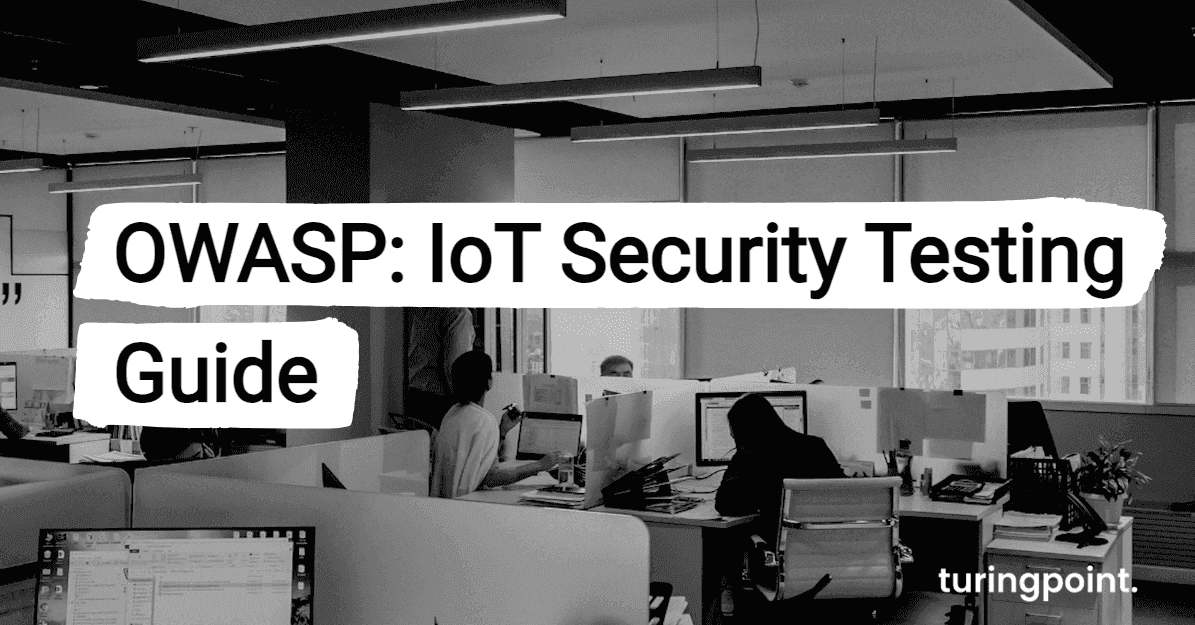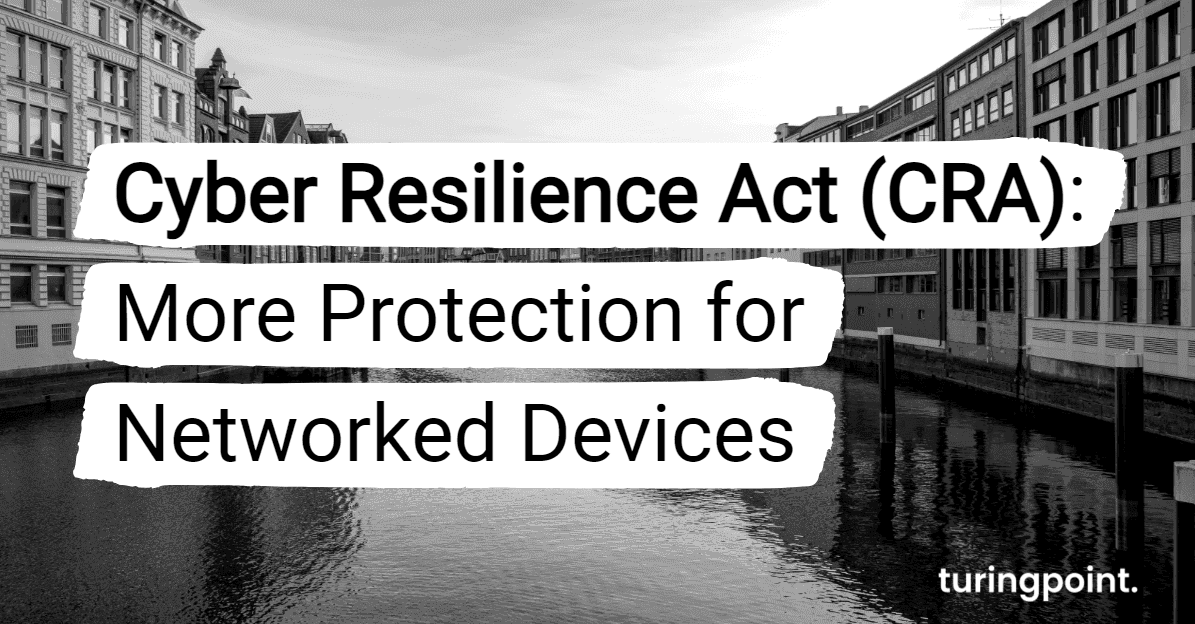Information Security Management System
By definition, the Information Security Management System (ISMS) is designed to protect companies against damage in IT and cloud security. Whether this involves issues such as data protection or even industrial espionage is irrelevant for information security management. It supports operations at various levels and helps to increase security aspects.
Basics of the ISMS
How does an Information Security Management System Work?
In order for an Information Security Management System to benefit a company, various preliminary work must be done. This includes a detailed analysis of all processes and procedures within the organization.
Holistic Management System
Therein Lies the Added Value of ISMS Certification
Anyone who wants to implement a functioning Information Security Management System should communicate this plan to the outside world. To ensure that everyone takes the undertaking seriously and that it is profitable for the company, it should be certified.
- Reasons for an ISMS
The reason for this is simple: The company presents its competencies publiclyeffectively. For customers, this certification is comparable to a TÜV seal. It creates noticeably more trust and convinces directly at first glance.
- The management system
The informationsecuritymanagementsystem is a managementsystem for informationsecurity. Therefore, it helps to define and implement measures, procedures, rules and tools. With their help, in turn, it becomes possible to control, manage, ensure and optimize internal IT security.
- Holistic system
The system falls under the responsibilityof the companys management. It therefore relies on a top-down approach to enforce IT security. This makes perfect sense: because while top management can adopt policies, executives close to the department have to take over the elaboration and implementationstrategies. It is important to implement the informationsecuritymanagementsystem at all levels of the business. After all, it affects the entire company, not just one part of it.
Standards & Individualization
Different Guidelines and Spectra
There are several types of ISMS, such as ISO 27001, NIST (National Institute of Standards and Technology), and Custom-ISMS, each of which can be tailored to an organization's specific needs.
ISMS according to ISO 27001
ISMS according to ISO 27001 is an international standard that provides guidelines for the development, implementation and monitoring of an information security management system (ISMS).
ISMS according to NIST
ISMS according to NIST (National Institute of Standards and Technology) is an information security-oriented framework that helps organizations develop and implement an ISMS.
Custom ISMS
A custom ISMS can be tailored to an organization's specific needs, reducing the risk of sensitive data and resources being lost or stolen.
Added Value from ISMS
This is Why You should Set Up an ISMS with turingpoint!
It is particularly important to involve the company's employees in this process. This means that both managers and employees must pull in the same direction right from the start. With sufficient motivation and awareness, it is possible to successfully implement the Information Security Management System right from the start. The following steps will help the company along the way:
- Step 1: Preliminary Work
- Before the managementsystem for internal IT security is implemented, extensive planning is required. This involves recording all process steps and deviations from the standard and understanding their effects. At the same time, it is necessary to define the goals of the system. What should the informationsecuritymanagementsystem actually accomplish? What values and sensitive data should the system protect? This step defines the application areas on the one hand, and the system boundaries on the other.
- Step 2: Recognize and Identify Risks
- In the next step, it is necessary to find out which risks are to be expected within the applicationarea. They must be identified and categorized. For example, they may be legal requirements, compliance guidelines or comparable principles.
- Step 3: Implement Appropriate Measures
- Risk assessment is the basis for the selection and implementation of suitable measures. After all, successful risk prevention can only be implemented if the potential sources of danger are known. However, it is important to remember that once a course of action has been adopted, it is by no means permanent. Rather, it is a continuous process that is regularly reviewed and optimized. By the way, measures such as pentesting also help in this endeavor.

Definition and Explanation
What is an Information Security Management System?
The ISMS should help to make information consistently available to employees, customers and co-workers. For this reason, a comprehensive ISMS concept includes various guidelines, processes, measures and tools. They should all help to identify security gaps and to bring them under control in case of emergency.
In the corporate context, the information security management system is an indispensable tool. It helps to establish rules and procedures. The goal is to increase information security and to ensure that security standards are met. It is therefore the basis for implementing IT security in a targeted manner.

Range of Services for Cyber Security
Further Useful Services within the Scope of an IT Security Audit
- Penetration Test
- Penetration tests are simulated attacks from external or internal sources to determine the security of web applications, apps, networks, and infrastructures and uncover any vulnerabilities.
- Cloud Security
- Due to the increasing complexity of cloud infrastructures, many services are misconfigured. We help you identify and eliminate misconfigurations and their effects.
- Phishing Simulation
- A spear phishing simulation is used to increase the detection ability of employees. We help you to sensitize your employees and thus strengthen the last barrier.
- Static Code Analysis
- Static code analysis, also known as source code analysis, is typically performed as part of a code review and takes place during the implementation phase of a Security Development Lifecycle (SDL).
Linkable in your website
Certification with Seal
We have developed an effective and comprehensive format for verifiable security that can be integrated directly into your website. This certificate proves to third parties such as customers or insurance companies a high level of security, data protection and IT security awareness.
The certificates we issue prove a high level of IT security at a given time according to a standard or individual test modules. Depending on the assessment, different test guidelines are chosen and evaluated.

Contact
Curious? Convinced? Interested?
Schedule a no-obligation initial consultation with one of our sales representatives. Use the following link to select an appointment:














